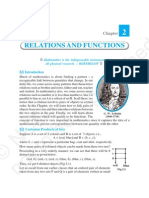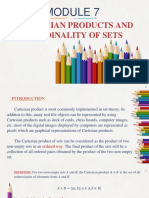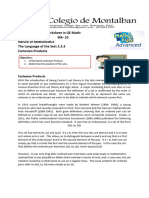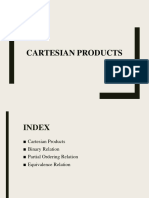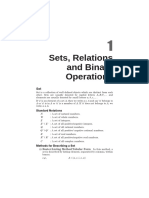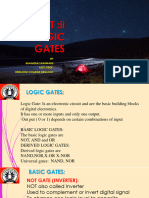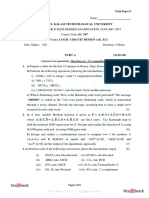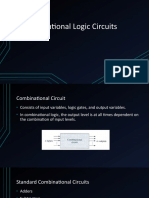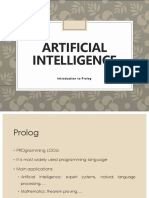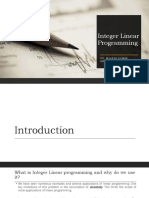0% found this document useful (0 votes)
247 views16 pagesMath Basics for UMU Students
This document contains lecture notes on elements of mathematics from Uganda Martyrs University. It covers basic concepts of set theory, including examples of sets, Venn diagrams, Cartesian products, binary operations, and algebraic laws. Chapter 1 introduces sets and Venn diagrams, defines the Cartesian product of two or more sets as the collection of ordered pairs, and illustrates how Cartesian products can represent geometric spaces. It also briefly discusses binary operations and algebraic laws relating sets.
Uploaded by
Chris MarvinCopyright
© © All Rights Reserved
We take content rights seriously. If you suspect this is your content, claim it here.
Available Formats
Download as PDF, TXT or read online on Scribd
0% found this document useful (0 votes)
247 views16 pagesMath Basics for UMU Students
This document contains lecture notes on elements of mathematics from Uganda Martyrs University. It covers basic concepts of set theory, including examples of sets, Venn diagrams, Cartesian products, binary operations, and algebraic laws. Chapter 1 introduces sets and Venn diagrams, defines the Cartesian product of two or more sets as the collection of ordered pairs, and illustrates how Cartesian products can represent geometric spaces. It also briefly discusses binary operations and algebraic laws relating sets.
Uploaded by
Chris MarvinCopyright
© © All Rights Reserved
We take content rights seriously. If you suspect this is your content, claim it here.
Available Formats
Download as PDF, TXT or read online on Scribd
/ 16
